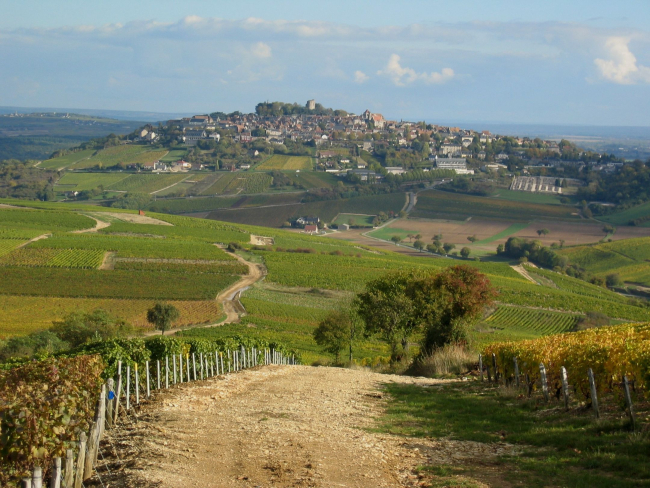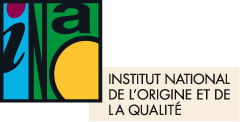Defense and management organization
The name "Sel de Camargue / Fleur de sel de Camargue" registered as IGP [ODG].
The name "Sel de Camargue / Fleur de sel de Camargue" was officially recognized as a Protected Geographical Indication (PGI) on February 2, 2024, when the implementing regulation was published in the Official Journal of the European Union.
"Sel de Camargue" and "Fleur de sel de Camargue" are produced exclusively in Petite Camargue, on 9,800 ha of wild land. Here, the sauniers de Camargue accompany nature's work in circulating the waters. Adapted to the sunny, windy Mediterranean climate, the production process guarantees the salinity of the waters feeding the crystallizers, in which the salt crystals form during the high summer heat.
A major salt production area since ancient times
 The Peccais salt marshes in Gard, near Aigues-Mortes, are one of the oldest salt marshes in the Mediterranean. Their name is said to be the legacy of a Roman engineer, Peccius, who was responsible for organizing salt production at the beginning of the Christian era. In the Middle Ages, these "King's Salt Works" became the most important salt production site on the Mediterranean coast. The importance of the town of Aigues-Mortes, a river and sea port, contributed to the development of the nearby salt works. Technical innovations in the 20th century led to a multiplication of the salting area and thus to an increase in productivity.
The Peccais salt marshes in Gard, near Aigues-Mortes, are one of the oldest salt marshes in the Mediterranean. Their name is said to be the legacy of a Roman engineer, Peccius, who was responsible for organizing salt production at the beginning of the Christian era. In the Middle Ages, these "King's Salt Works" became the most important salt production site on the Mediterranean coast. The importance of the town of Aigues-Mortes, a river and sea port, contributed to the development of the nearby salt works. Technical innovations in the 20th century led to a multiplication of the salting area and thus to an increase in productivity.
A product particularly appreciated in gastronomy
"Sel de Camargue" is recognized as white salt. It is appreciated for its organoleptic and gustatory qualities. Fleur de sel de Camargue" is particularly sought after in gastronomy for its tender, melt-in-the-mouth grains. Renowned chefs such as the Pourcel brothers, Roger Merlin and Michel Kayser have developed recipes based on these products.
Production favorable to the environment and biodiversity
Salt farming creates ecological wealth. A wetland environment of great biological diversity has developed on the territory, perfectly suited to the needs of many endangered species of migratory or endemic birds. Over 200 bird species and 300 plant species inhabit the lagoons and dunes of the salt marsh. Since 1995, the salt marsh has been listed as a landscape in the general inventory of cultural heritage. In addition, the Aigues-Mortes salt marsh has signed the Natura 2000 Petite Camargue charter since 2005. The producers thus recognize the exceptional ecological and heritage values of habitats and species that are endangered or rare on a European scale, and are committed to conserving them.
Key figures
6 600T
de Sel de Camargue et 560T de Fleur de sel de Camargue commercialisées par an
25 pays
Le produit est commercialisé dans 25 pays
250 emplois
directs et indirects en région Occitanie
What is the STG or Traditional Speciality Guaranteed?

STG highlights the traditional aspects of a product, such as its manufacturing process or composition, without being linked to a specific geographical area. The name of a product registered as a TSG protects it against falsification and abuse. Compliance with STG product specifications is regularly monitored by independent bodies accredited and supervised by the State.
.Press release
Communique de presse : La dénomination "Sel de Camargue / Fleur de sel de Camargue" enregistrée en IGP
CP INAO : La dénomination "Sel de Camargue / Fleur de sel de Camargue" enregistrée en IGP
All news dedicated to ODGs
The INAO's Délégation territoriale Occitanie is organizing another regional meeting with local ODGs on Wednesday, June...
News
News
INAO is launching a new campaign to promote the 5 official signs of quality and origin (SIQO) to the general public...
News

News
The Val-de-Loire territorial delegation of the INAO is organizing another regional meeting with local ODGs on Tuesday...
News

News
